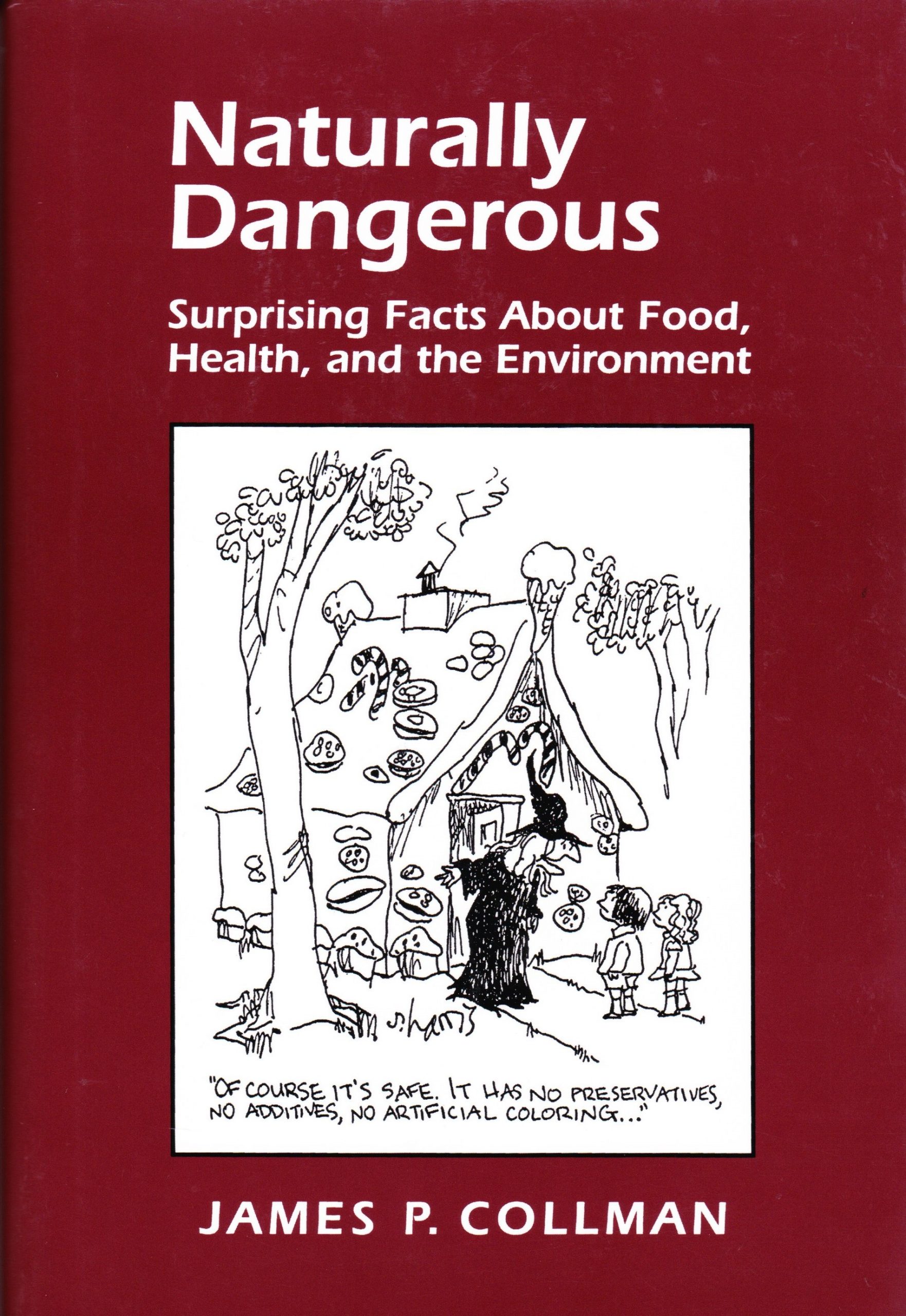
Naturally Dangerous
Full of surprising anecdotes, curious facts and historical oddities, this remarkable little book connects observations from our everyday lives to the scientific principles that explain them.
Summary
Full of surprising anecdotes, curious facts and historical oddities, this remarkable little book connects observations from our everyday lives to the scientific principles that explain them. You will find information on organic produce, irradiated foods, trans fat and fat substitutes, natural herbs, designer drugs, smallpox, Mad Cow Disease, Prions, Anthrax, cancer, DNA testing, global warming, acid rain, aphrodisiacs, pheromones, and much more. Chances are if there is something you were wondering about, you will find it covered here. Should you be eating margarine? Are cell phones safe? Read on!
The author has avoided scientific jargon and mathematics to make this book of interest to nonscientists and scientists alike.
Translated into Japanese, Russian, French and Korean.
Resources
Table of Contents
Preface
Overture–Is Anything Safe?
Chapter 1: Chemicals Lurking in Your Grocery Store
Chapter 2: The Pharmacy
Chapter 3: Is “Health Food Store” An Oxymoron?
Chapter 4: Infectious Agents: Are Microorganisms All Bad?
Chapter 5: Cancer and the Environment
Chapter 6: Nature is Elemental
Chapter 7: Natural and Unnatural Molecules in the Environment
Chapter 8: Is the Sky Falling?
Chapter 9: Dust, Magnets, and Scuba Diving
Chapter 10: We Are All Radioactive!
Finale–There Is No Free Lunch!
Further Reading
Glossary
Index
Reviews
“More books like this need to be written — and read…If you think the sky is falling, that cancer is imminent, and that all things natural or ‘organic’ are wonderful, open this book and surprise yourself with the facts.”
-Choice
“…makes an effective case for not accepting the simple equation ‘natural = safe.’ In addition to food, [Collman] covers herbal medicines, environmental pollution, global warming, electromagnetic radiation and radioactivity.”
-Nature
“Aiming to improve readers’ scientific literacy, Naturally Dangerous examines the risks involved in the choices we make about what we eat, how we treat our illnesses and how much time we spend out in the sun. From electric blankets to monosodium glutamate to genetically engineered foods, Collman steers a reasoned, sensible course through the potentially hazardous straits of everyday life…if you treat Collman’s book as a sampler of solid advice, you won’t finish it feeling hungry.”
-The Washington Post
“This is one of the most valuable books on public health policy – not merely on environmental policy – to have been written for the intelligent general reader in recent years. Its author is James P. Collman, the George A. and Hilda M. Daubert Professor of Chemistry at Stanford. His target is scientific illiteracy and its effects on public opinion about what is hazardous; overblown health scares reported daily by the news media; and futile government efforts to craft consumer protection policies.”
-The Stanford Report
“Collman’s scientific acumen is evident throughout this book. Only an excellent communicator with a profound understanding of a subject can provide such clear and simple explanations of facts, making them totally accessible to nonscientists and at the same time satisfying to chemists. In this slim and engaging volume, Collman broaches in a lucid, no-nonsense style exactly what the title proffers…This is no doom-and-gloom treatise. It’s an adult, scholarly look at the risks involved with the choices we make.”
-Chemical and Engineering News
“Professor James Collman of Stanford University has provided an excellent resource for all of us who try to help our students and the general public to discriminate between valid science and the bogus “scientific” claims that pervade television, the Internet, the grocery store, and especially the “health food” store.”
-Hal Harris, Hal’s Pick of the Month, Journal of Chemical Education
